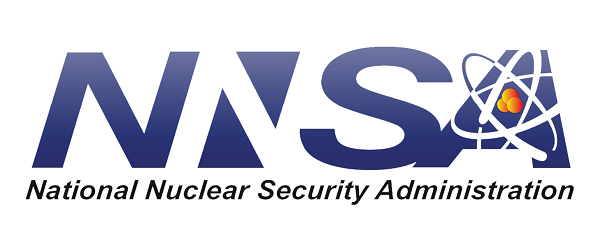 Los Alamos National Laboratory has announced a contract for a new HPE supercomputer to be installed in spring of 2022 with quadrupled performance over the existing system for the U.S. Department of Energy’s National Nuclear Security Administration (NNSA).
Los Alamos National Laboratory has announced a contract for a new HPE supercomputer to be installed in spring of 2022 with quadrupled performance over the existing system for the U.S. Department of Energy’s National Nuclear Security Administration (NNSA).
The $105 million HPE Cray EX supercomputer, called Crossroads, will replace Cray’s Trinity system and will be used by three NNSA national labs, Lawrence Livermore, Los Alamos and Sandia, during 2022 – 2026. Trinity is currently the world’s 11th most powerful supercomputer with 4.15 TFLOPS throughput, according to the Top500 ranking.
HPE and the Alliance for Computing at Extreme Scale (ACES), a partnership between Los Alamos and Sandia, released details about Crossroad, which will be used to support the Stockpile Stewardship Program, weapons Life Extension Program activities and predictive weapons research and calculations.
Crossroads will be powered by an upcoming Intel Xeon processor, code-named “Sapphire Rapids,” for AI-accelerated capabilities and higher resolution 3D modeling, among other workloads.
The system will incorporate capabilities designed to deliver faster performance, greater efficiency and workload optimization, including Sapphire Rapids’ Deep Learning Boost with Advanced Matrix Extensions and an advanced memory architecture; liquid-cooling capabilities for larger scale systems to increase power consumption efficiency and water usage; an integrated suite of HPC software using the HPE Cray Programming Environment designed to improve programmer productivity and application scalability; and HPE Slingshot for purpose-built HPC networking designed to address needs for higher speed and congestion control for data-intensive workloads.
 “This machine will advance our ability to study the most complex physical systems for science and national security,” said Jason Pruet, Los Alamos’ Program Director for the Advanced Simulating and Computing Program. “We look forward to its arrival and deployment.”
“This machine will advance our ability to study the most complex physical systems for science and national security,” said Jason Pruet, Los Alamos’ Program Director for the Advanced Simulating and Computing Program. “We look forward to its arrival and deployment.”
Along with the Crossroads system at Los Alamos, HPE has also won contracts for DOE’s first three exascale systems scheduled for delivery starting next year, including Aurora at Argonne National Laboratory, Frontier at Oak Ridge National Laboratory, and El Capitan at Livermore. CPUs for the Crossroads and Aurora systems will be provided by Intel, which also will provide Aurora’s GPUs – the latter a matter of concern after Intel’s July disclosure that its 7nm Ponte Vecchio GPUs, planned to be integrated with Intel Xeon CPUs in Aurora, will be delayed six months. Meanwhile, CPUs and GPUs for Frontier and El Capitan will be provided by AMD.
“HPE has a long history in designing a number of HPC systems for the NNSA, and today’s announcement further builds on our commitment to deliver powerful and diverse architectures required for critical research missions in maintaining the reliability and security of the nation’s nuclear stockpile,” said Bill Mannel, VP/GM, HPC, at HPE. “In this collaboration with Los Alamos National Laboratory and Sandia National Laboratories, we are significantly advancing existing resources for NNSA research with the HPE Cray EX supercomputer, which combines the Cray Shasta architecture and industry-leading HPC software and networking interconnect. We are also quadrupling performance with combined technologies featuring advanced compute, I/O, memory, networking and software to enable faster and more efficient performance for current and future projects.”



